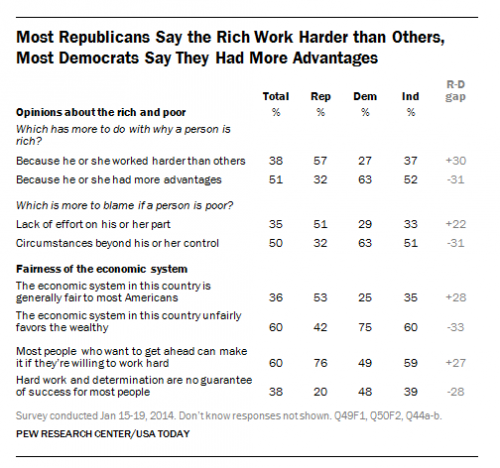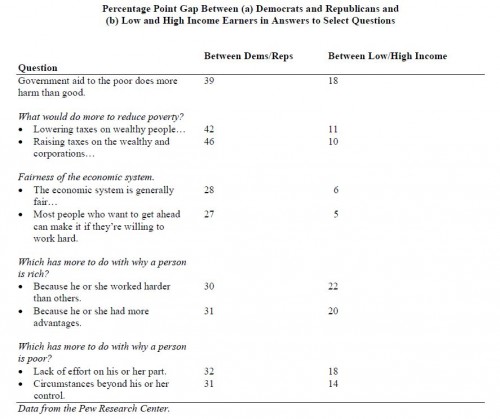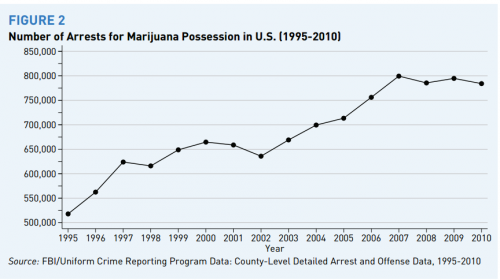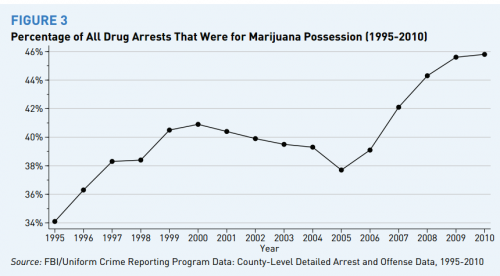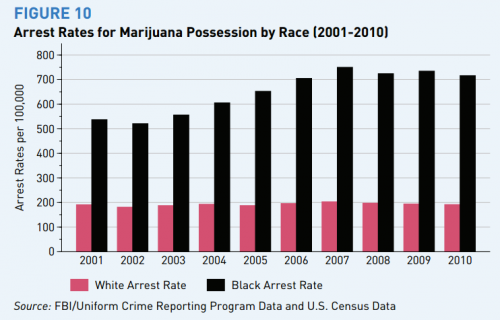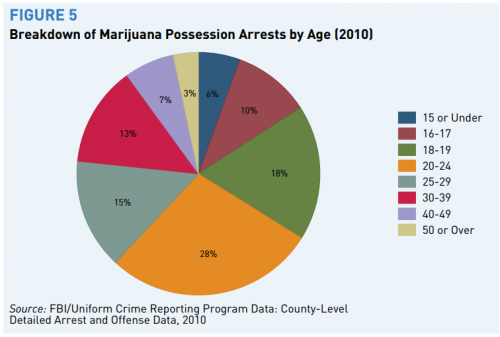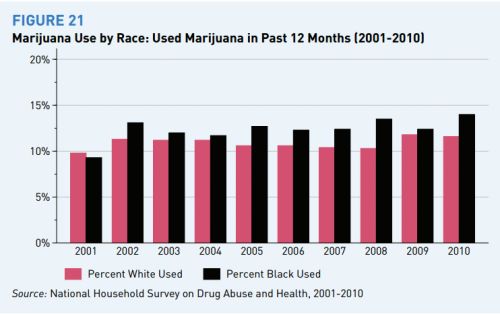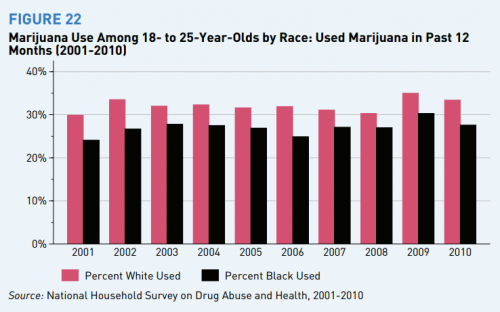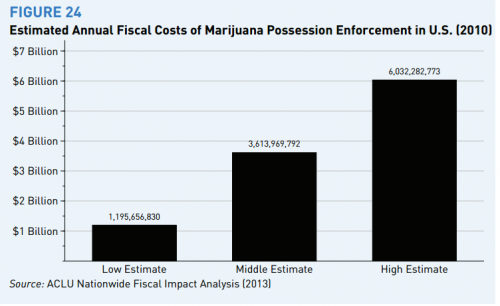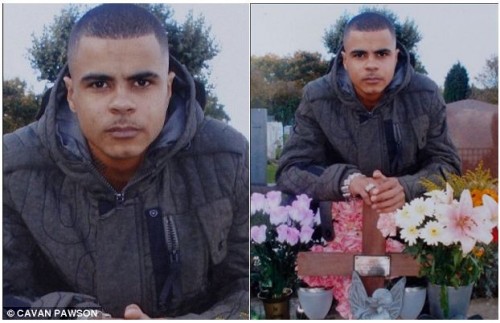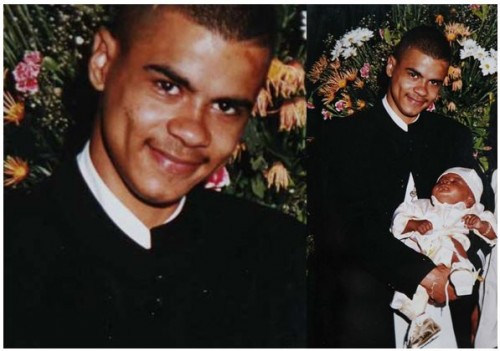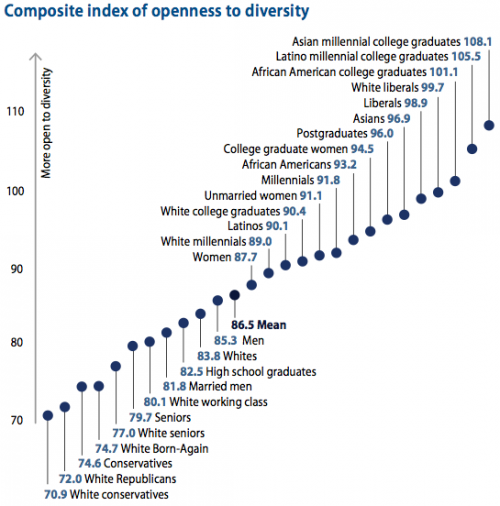Thanks to advances in early diagnosis and treatment of breast cancer, white women’s survival rates have “sharply improved,” but black women’s have not. As a result, white women are more likely to be diagnosed with breast cancer, but black women are more likely to die from it. Researchers from the Sinai Institute found that Black women are 40% more likely to die from the disease than white women.
Experts trace the majority of the widening gap in survival rates to access, not biology. Black women are more likely than white to be low income, uninsured, and suspicious of a historically discriminatory medical profession.
From Tara Parker-Pope for the New York Times. Hat tip @ProfessorTD.
Lisa Wade, PhD is an Associate Professor at Tulane University. She is the author of American Hookup, a book about college sexual culture; a textbook about gender; and a forthcoming introductory text: Terrible Magnificent Sociology. You can follow her on Twitter and Instagram.




